Company name: ASBIS Group
Location: Cyprus, Limassol
Industry: Hardware and Software Distributors
Company size: 1K–5K employees
VentorTech Solutions: Migration from legacy system to Odoo, Odoo implementation and customization, Odoo upgrade
Goal: Migrate from a legacy ERP to Odoo to manage multiple legal entities, complex processes, large data volumes, and multi-company accounting across different countries.
“The migration from our legacy system was smooth, thanks to a well-structured approach and our close partnership with VentorTech, who guided us through every stage. We especially appreciate the seamless consolidated reporting and the strong performance of the new system. With VentorTech’s expertise, Odoo has proven to be a great fit for our enterprise needs.”
Anna Kaplan, Executive Director of ASBIS
This story was presented at Odoo Experience 2025, featuring Irina Polskaya, Odoo Solution Expert & BA Team Lead at VentorTech.
You can watch a video presentation here:
About the Customer
ASBIS Group is a large enterprise IT company that distributes software and hardware worldwide, delivering complex IT projects for big companies. They also own brands like Prestigio and Canyon Accessories.
ASBIS was founded in 1990 and is headquartered in Cyprus. The company has four master distribution centers located in the Czech Republic and in the United Arab Emirates, subsidiaries in 34 countries, more than 2,200 employees, and about 20 000 active customers in 56 countries worldwide. In 2021, the Group delivered sales of nearly USD 3.1 billion.
What ASBIS Brought to the Project
When ASBIS turned to VentorTech, they were using their own ERP system. For many years, their legacy system* had been sufficient for the company needs, supporting their business processes, adapting to the emerging requirements, and helping the company grow.
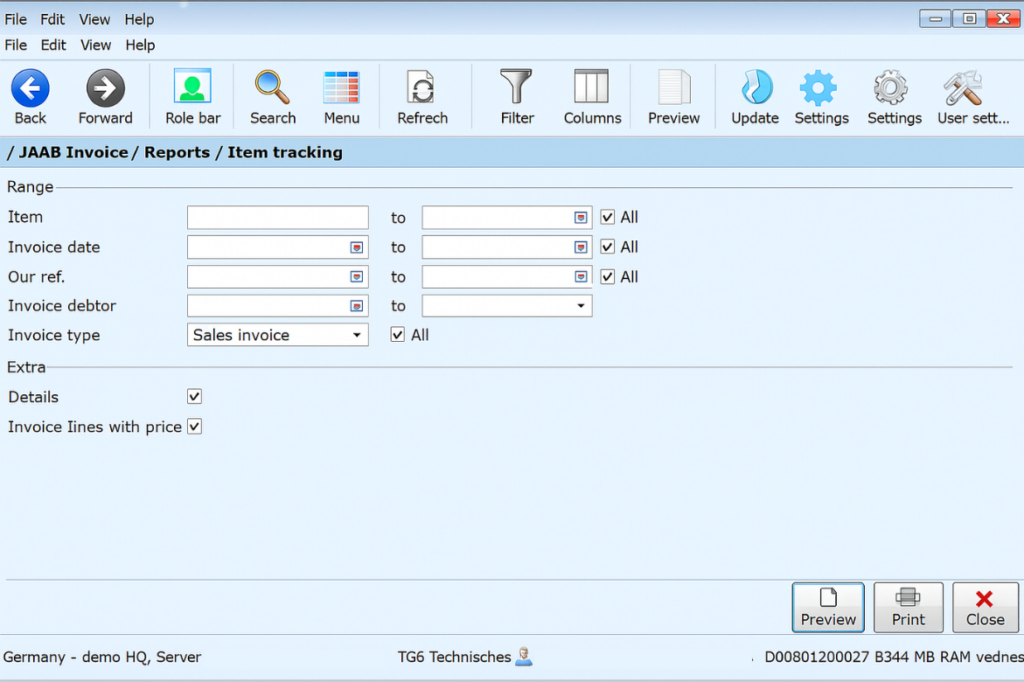
However, as ASBIS began to grow, one thing became clear: The existing ERP was no longer flexible enough to handle multiple legal entities in different countries, complex processes, large volumes of data, and, most importantly, accounting in a multi-company environment.
They hit a wall with their legacy ERP and could not grow further.
ASBIS was choosing between a full redesign or even rewriting an existing ERP from scratch, which would entail high costs and require many resources, or switching to another ERP. But which one?
The company had considered the following CRMs: ExactGlobe, MS Dynamics, SAP, and Odoo, ultimately choosing Odoo.
Why Odoo?
None of the systems mentioned above were able to cover all the company processes out of the box. Customization was mandatory in any case. Odoo, however, is a very flexible system that allows customization of the necessary processes and can be implemented step by step, requiring lower total ownership costs compared to other traditional ERPs.
“Choosing Odoo was a strategic move for ASBIS. As a global enterprise, we needed an ERP that could support complex multi-company and multi-currency operations — and Odoo delivered.”
– Anna Kaplan, Executive Director of ASBIS
Why VentorTech?
Choosing Odoo as their ERP, ASBIS turned to VentorTech, an official Odoo partner. They chose us because we have:
- More than 13 years of experience with international clients
- Large-scale corporate projects in our portfolio
- Odoo accounting expertise
- Expertise in designing Odoo architecture for complex data flows
- Full project cycle support: Odoo analysis, implementation, training, and support
Before the project started, we knew that its success would depend on close teamwork with the client and resulting customization quality. That’s how we became not only an integrator but also a strategic partner for ASBIS.
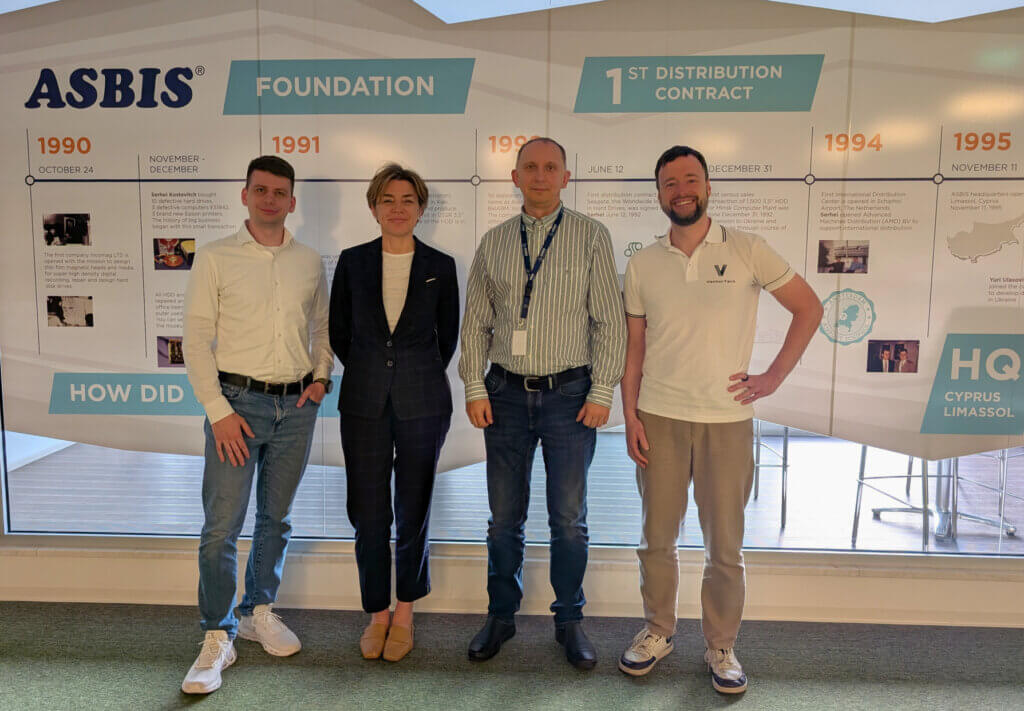
Challenges
When we moved from planning to implementation, it became clear that, even though we already had strong experience in MMC (mid-market) projects, implementing Odoo in a corporation would be entirely different. Deeper and more complex customization was required. Overall communication time doubled between our team and the client’s in-house team. The company had dozens of data flows that had to be connected to the ERP, and each of them needed to work without breaking the others. The data volumes were so high that if performance wasn’t managed separately, the system simply wouldn’t run fast enough.
At the same time, the project had strong points. Unified accounting across all companies meant we did not have to adapt accounting for each one. The client’s team knew exactly what they wanted and had a clear vision of the system’s final state. Even though the project was technically complex, we were able to achieve a highly productive outcome, thanks to the combination of big challenges and a mature client.
How We Did It
In such projects, half of the success relies on how the work is organized. So, we set up a clear plan: tasks were run in parallel, so long approval chains would not block the entire project’s progress. We built a strong team with the right level of seniority involved in corporate implementations, which was critical because simple configuration wasn’t enough. From the start, we agreed on clear role separation: who was responsible for what on the VentorTech side and on the client’s side. This allowed us to avoid duplication and kept communications managed well. We also consider documentation and training essential for enterprise projects, so we prepared detailed specifications and user guides for all Odoo modules (including standard configuration). So, the client’s team worked effectively with their system right from the start.
All of our activities: planning, the right team, role separation, and documentation — formed the foundation that kept the project moving forward, even with all of its complexities.
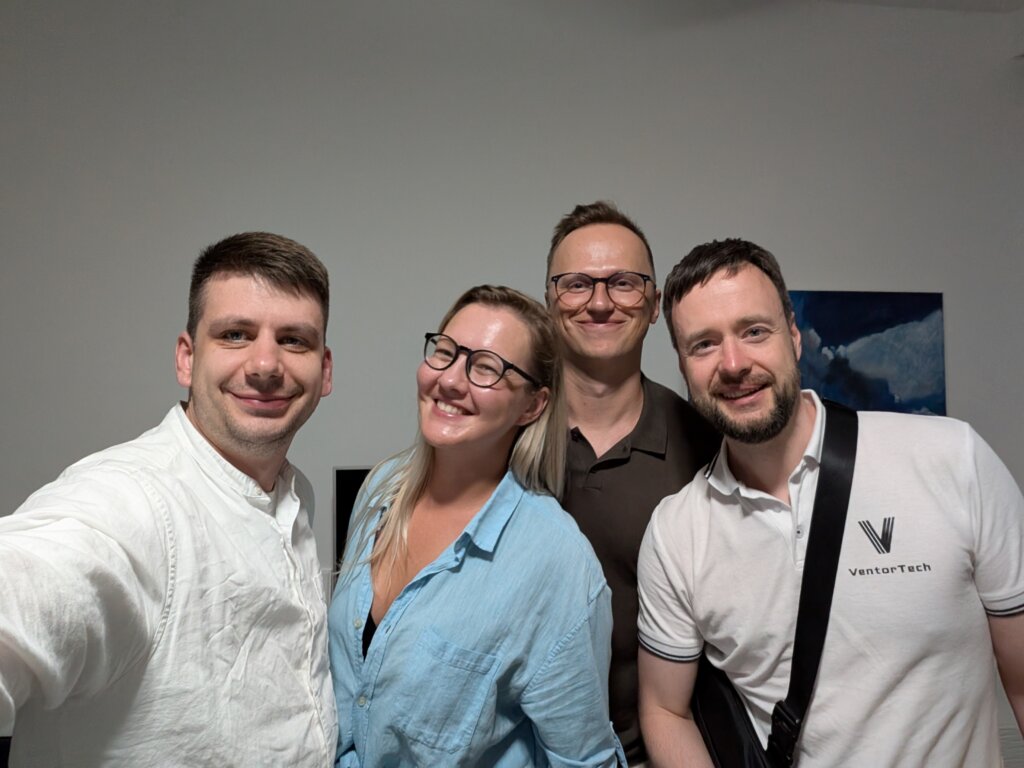
Our Main Technical Achievements Include:
We built ten connectors that allowed data exchange between Odoo and the corporate ERP for purchases, receipts, bills, products, prices, and sales. For ASBIS, it was important that these massive exchange processes could run 24/7 without any interruption, which helped the accounting department consolidate data from all areas of the business.
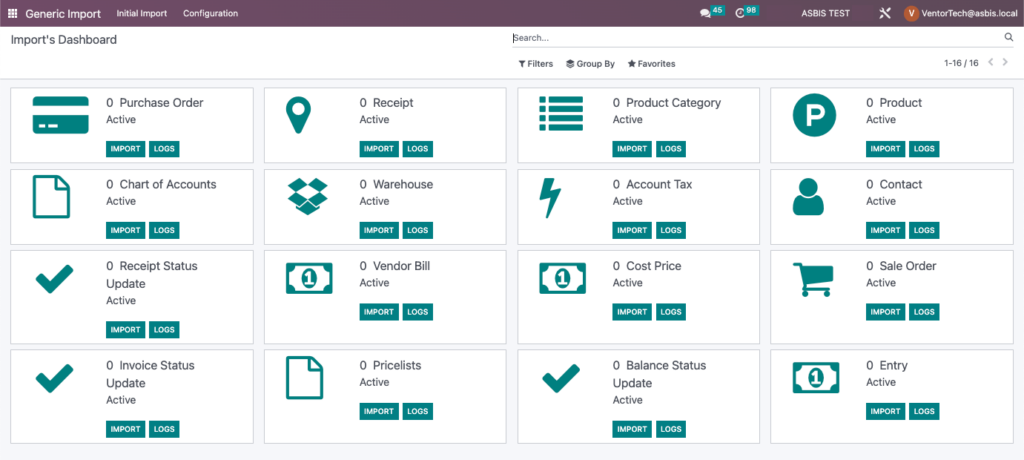
We also developed a Purchase Reconciliation Report that showed mismatches between received and invoiced quantities per purchase order line. The report compared not only quantities but also amounts across purchase orders, bills, and receipts both in company currency and document currency, allowing the finance team to act quickly.
For ASBIS, tracking slow-moving stock is a critical function, but the standard report in Odoo was not detailed enough and required enhancements to fully cover their business processes. We enhanced the standard report and built an Inventory Aging Report.
In addition, we implemented landed costs and stock valuation customization, automatic revaluation (SCP), custom invoices and POS receipts.
All together, these solutions formed a template system.
Current Results
Once the template was ready, the expansion process began:
- ASBIS has made a significant step toward software unification across the entire corporation.
- The main bottleneck — the internal system’s scalability — had been resolved, enabling continued company growth.
- A template solution was developed and successfully replicated across subsidiaries.
- To date, 5 companies have already gone live on Odoo.
- The rollout of 10 additional companies is planned for 2026.
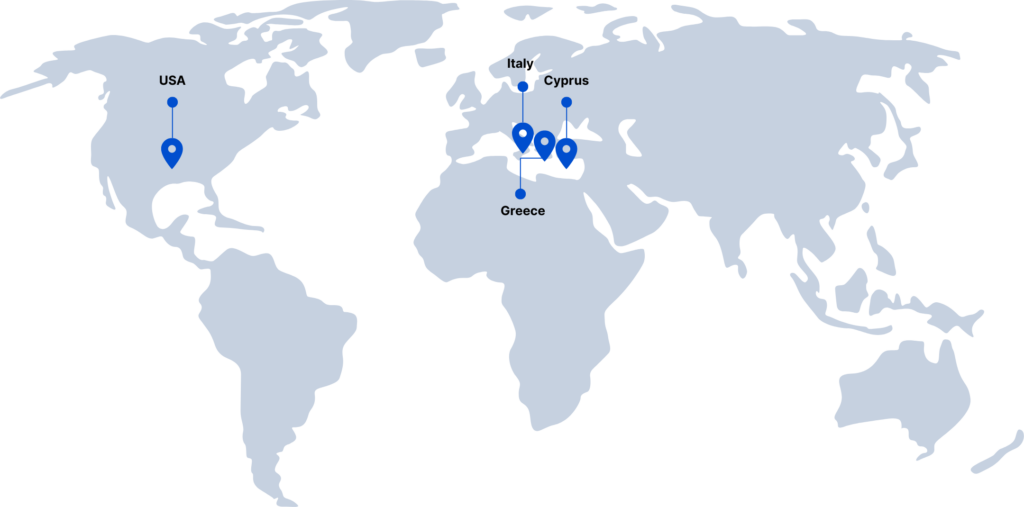
Mistakes & Lessons
As for any large project, significant work and overcoming real challenges support the results.
The first lesson we learned was about timelines. Initially, we expected the project to take 8 months, but it went live after 18. The reason was simple: In projects like this, customizations cannot be estimated fully without a detailed analysis. We had two options: a discovery phase or a Waterfall approach, designing everything in advance and then building. While Waterfall can work when building a system from scratch, it was not suitable here. We worked with an existing ERP, where each step depended on the previous one and on technical constraints that emerged along the way. For this reason, we chose a step-by-step implementation that involved continuous alignment with the client.
The second lesson concerned performance. The main bottlenecks in our case were custom reports with complex logic and the revaluation process, where large data volumes slowed calculations. Odoo performance issues are inevitable in complex projects; the key is to identify and address them early on, before they impact go-live.
The third lesson was the team. Projects of this scale require a high level of seniority, as many process-specific details demand deep customizations, especially those in accounting. This highlights why clients should select larger-sized partners who can provide experienced specialists capable of handling such challenges.
When Should a Large Corporation Choose Odoo?
Given our experience and expertise in implementing Odoo for large enterprises, we gather key criteria for selecting Odoo as an ERP for big companies like ASBIS.
Odoo is suitable when:
- The company is ready to align its processes with the system or invest in adapting the system to the company’s processes.
- Budget and time-to-result are important considerations.
- The goal is to make Odoo the central ERP.
- Key users are responsible and fully engaged in the process.
In such cases, Odoo can serve as the central ERP and deliver quick results, while a total cost of ownership will still be lower than that of traditional ERPs.
Odoo is not suitable when:
- The company expects a perfect “out-of-the-box” solution.
- There is no willingness to invest in customization if required.
- The plan is to switch the entire corporation at once.
- The expectation is that Odoo will match best-in-class specialized applications, such as CRM or WMS systems.
Key Takeaway
Odoo does work in a corporation. But it’s not about the box.

Integrating Odoo for a big enterprise can be described in a metaphor: Odoo in a large corporation is like a sports car on rough terrain. It can move forward, but only if it has the right tuning and a highly skilled driver at the wheel.
In a large company, the success of an Odoo implementation depends on how the system’s architecture is designed, what customizations are made, and the capability of the company’s team to drive the project.
Migrate from your legacy ERP to Odoo and drive your business forward!
Recommended articles:
- How a US Repair Company Scaled Up After Migrating from a Legacy System to Odoo
- U.S. automotive company: 15X Growth with Odoo
- From Manual to Automated: How Odoo ERP Helped a Swiss IT Service Company to Grow Turnover 2.5 Times
- Odoo and Ventor solution for 27 Finnish stores: from manual inventory management to fully automated WMS
- How Odoo implementation automated 10 months of manual work and saved over €22K annually
- Odoo Success Story: From Budget Overruns to a Profitable Tech Company in Just 6 Months
- 10 most common questions to the official Odoo partner
----------------------------------------------------------------------
Education: Bachelor's degree.
----------------------------------------------------------------------
Experience:
- Business Analyst
- QA Engineer
VentorTech
----------------------------------------------------------------------
Current position: Team Lead VentorTech
----------------------------------------------------------------------
Odoo v14 and v16 Functional Certification

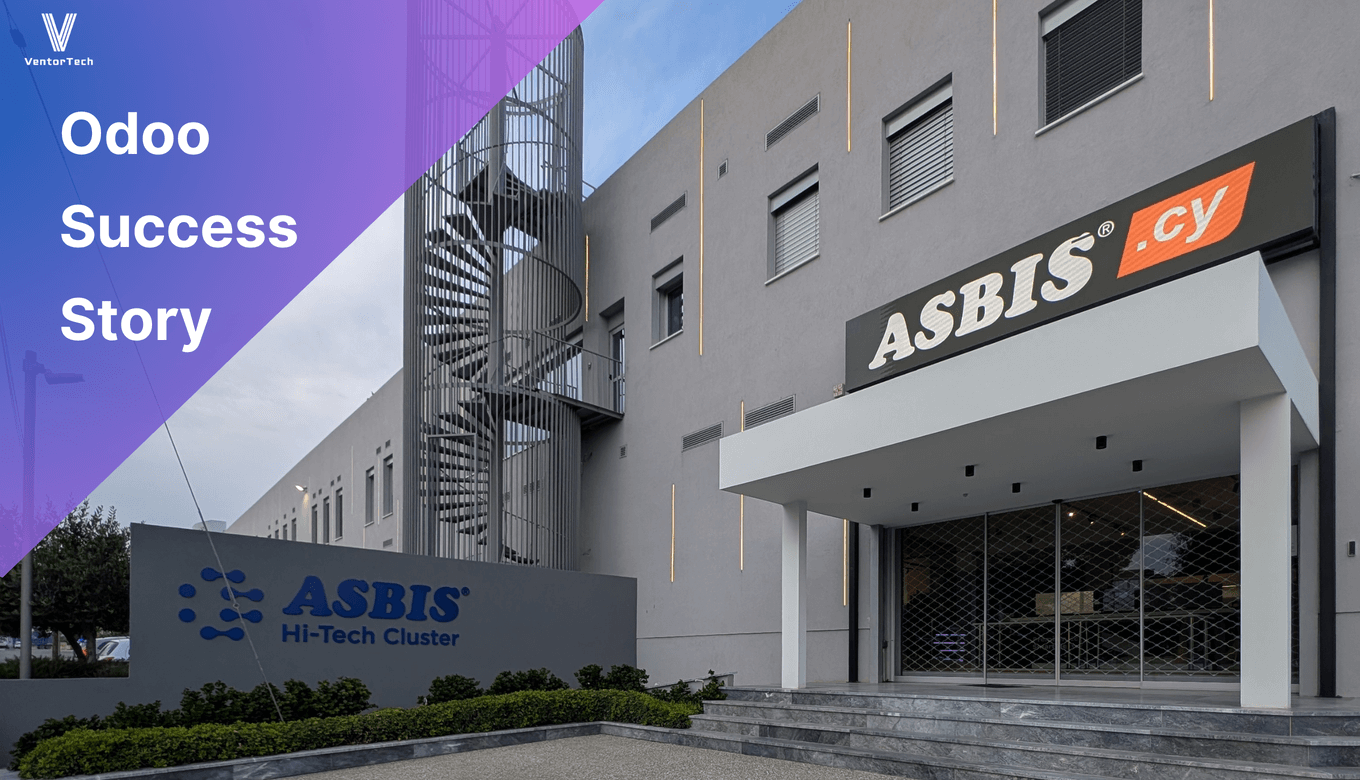

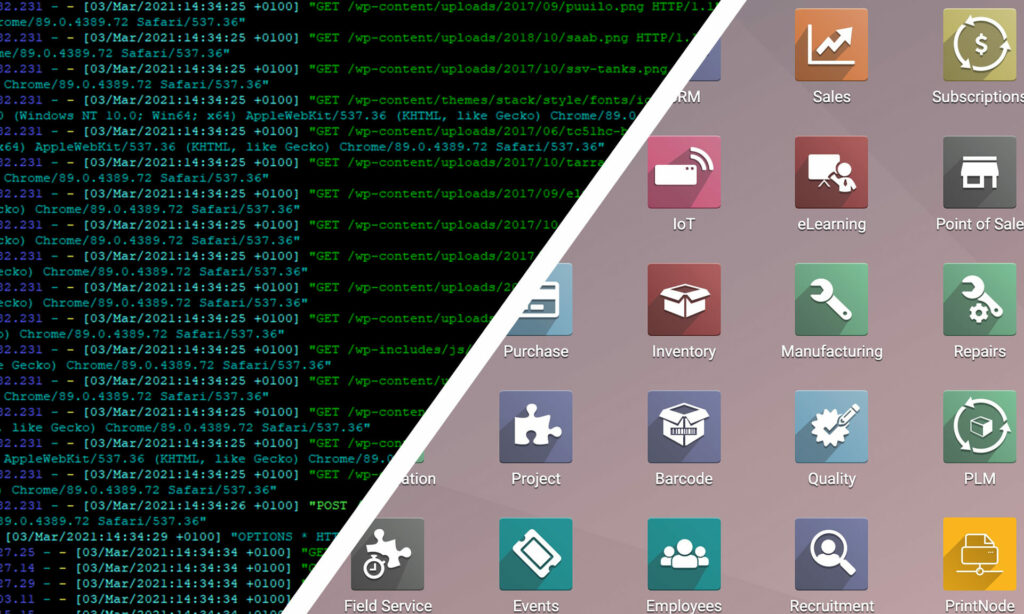

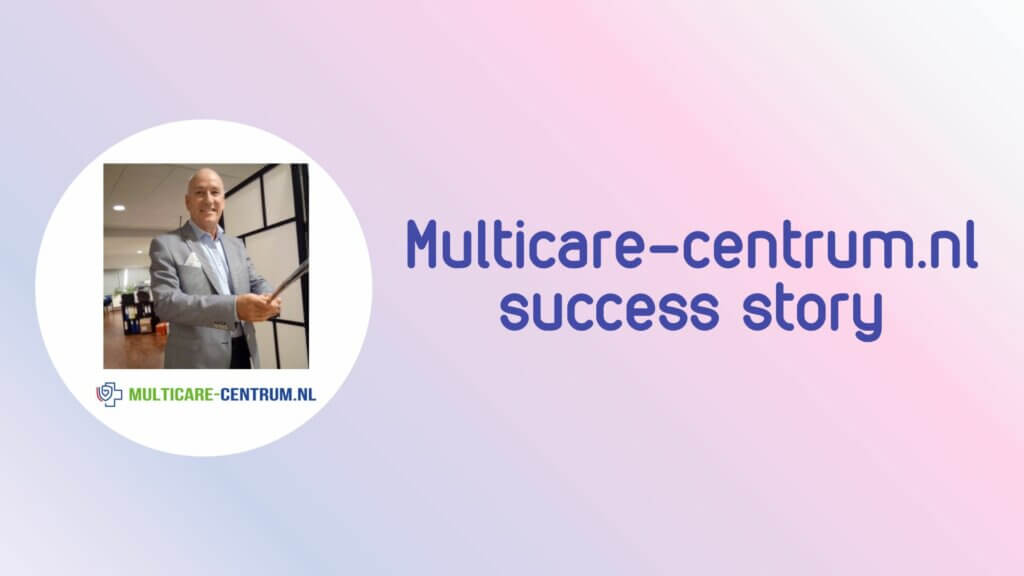
0 Comments